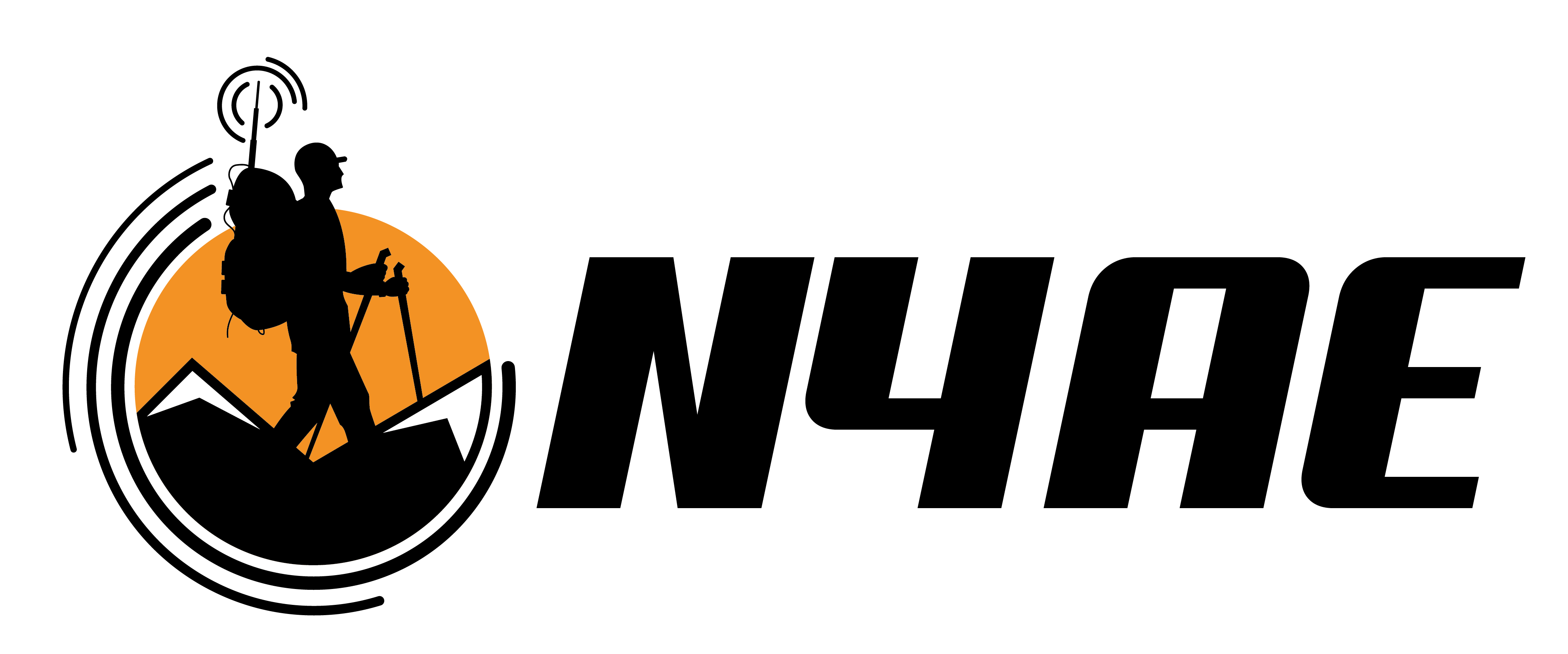Where Are the Geosynchronous Amateur Radio Satellites?
Right now, ham radio satellites circle the Earth about every 90 minutes.
If you are lucky, a satellite will pass directly overhead. When that happens, you have about 10 minutes to use the satellite.
A typical pass, however, gives you two or three times a day with 5-8 minutes of usable time on each pass. It’s crowded up there, with maybe 10-20 seconds for a contact.
Commercial communication satellites, on the other hand, sit in geosynchronous equatorial orbit (GEO). They appear as a fixed point in the sky to a ground observer, which allows rock solid communication all day long.
GEO satellites bring you HBO, ESPN, and Sirius XM Satellite Radio.
They also provide telephone service to ships at sea as well as military communication worldwide. They are the backbone that enables world-wide communication.
Why is there no geosynchronous satellite for ham radio?
Well, the Qataris plan to launch one in 2016.
Es’hailSat 2 will cover Europe, Africa, and parts of Brazil and Asia. You can talk from Sweden to the tip of Antarctica using only a modest ground station.
But not to North America.
That’s ashamed.
American ham radio operators launched their own satellite 1,580 days after Sputnik.
You would think American hams would have flown a GEO satellite decades ago.
But for Qatar to beat us? Sad.
For North American hams, a GEO satellite would be a game changer.
It would allow tactical UHF communication across the continent with little more than a hand-held radio and a $100 antenna.
What do you say AMSAT-NA? You game?




















I think the question for AMSAT should be: “When can we expect to see a synchronous orbit amateur satellite? And, if not… Why not?”
Joe, that’s a great question. Since I wrote this article, I believe AMSAT announced a Geo that will cover most of North America. Don’t have a link at the moment.